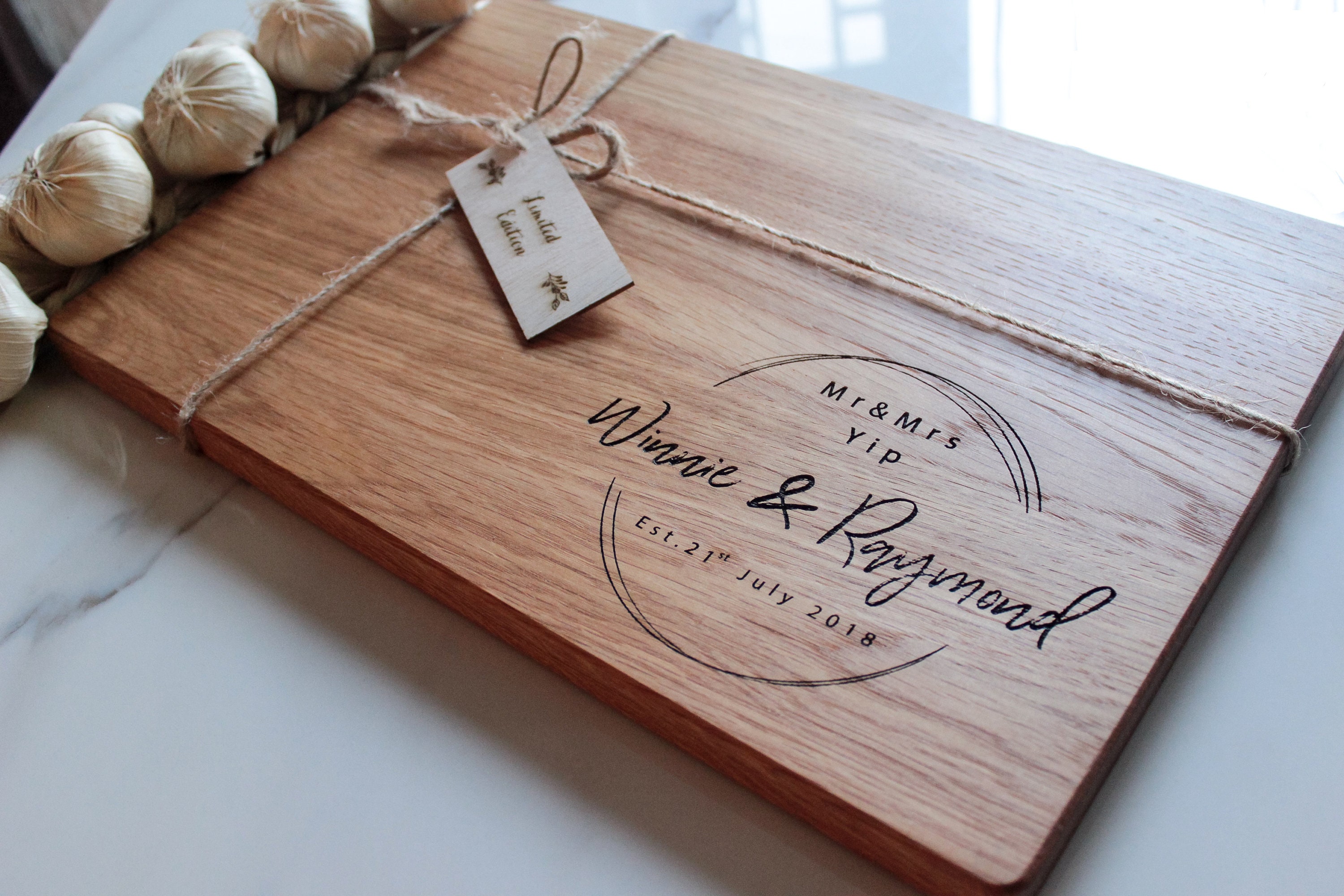Unbiased Report Exposes The Unanswered Questions on Baby Announcement
페이지 정보
작성자 Tyler Garza 댓글 0건 조회 9회 작성일 24-07-31 08:33본문
 Garden design has long been an integral part of British culture, with a rich history that dates back centuries. From the formal gardens of the Tudor era to the picturesque landscapes of the Romantic period, the evolution of garden design in the UK has been shaped by a myriad of influences, including changing tastes, advances in technology, and the natural environment itself.
Garden design has long been an integral part of British culture, with a rich history that dates back centuries. From the formal gardens of the Tudor era to the picturesque landscapes of the Romantic period, the evolution of garden design in the UK has been shaped by a myriad of influences, including changing tastes, advances in technology, and the natural environment itself.
One of the most famous examples of Stuart garden design is the gardens at Versailles, which were designed by the renowned landscape architect André Le Nôtre. These gardens were laid out in a series of formal patterns, with grand avenues leading to ornate fountains and statues. The gardens at Versailles set a new standard for garden design in Europe, and their influence can still be seen in many British gardens today.
Another key factor to consider when choosing houseplants is the amount of care and maintenance they require. If you have a busy schedule or are new to plant care, opt for low-maintenance plants that require minimal watering and attention, such as pothos, succulents and cacti. On the other hand, if you enjoy tending to your plants and have the time to dedicate to their care, you may prefer more high-maintenance plants that require regular watering, pruning and fertilising, such as orchids, fiddle-leaf figs and peace lilies.
Today, garden design encompasses a wide range of styles and approaches, from traditional to contemporary, formal to informal, minimalist to maximalist. The principles of sustainability, biodiversity, and ecological sensitivity have become increasingly important in garden design, as designers seek to create landscapes that are both beautiful and environmentally friendly.
One of the most famous proponents of the Romantic style of garden design was Capability Brown, who is often referred to as the "father of English landscaping." Brown was responsible for designing many of England’s most famous landscapes, including Blenheim Palace, Chatsworth House, and Stowe House. His designs were characterized by their naturalistic planting schemes, rolling lawns, and meandering lakes, which were intended to create the illusion of an untouched, wild landscape.
3. Humidity: Tropical houseplants thrive in a humid environment. To increase humidity levels around your plants, you can mist them regularly, place a humidifier nearby, or personalised baby gifts group them together to create a microclimate.
1. Air purification: Houseplants can help remove toxins from the air, such as formaldehyde, benzene, and trichloroethylene. Plants absorb these harmful chemicals through their leaves and convert them into oxygen through photosynthesis.
3. Humidity: If your home is on the dry side, consider placing a humidifier near your plants or grouping them together to create a more humid environment. You can also mist your plants with water regularly to increase the humidity levels around them.
Tropical houseplants originate from tropical regions around the world, such as Southeast Asia, South America, and Africa. These plants thrive in warm, humid environments with plenty of light, making them well-suited for indoor spaces. Tropical houseplants come in a wide variety of shapes, sizes, and colours, from large, leafy palms to tiny, delicate orchids.
5. Pothos: Pothos, also known as devil's ivy, is a trailing vine with heart-shaped leaves that come in a range of colours, from green to variegated. It does well in low light conditions and only requires occasional watering.
Not only do houseplants improve air quality, but they also have a positive impact on our mental health and well-being. Studies have shown that being in the presence of plants can reduce stress and anxiety, improve mood and increase productivity. The simple act of caring for a plant can also provide a sense of purpose and fulfilment, as well as a connection to nature in our often busy and technology-driven world. By creating an indoor green oasis with houseplants, you can create a calm and soothing environment that promotes relaxation and mental clarity.
3. Fungal diseases: Excessive moisture and poor air circulation can lead to fungal diseases in tropical houseplants. To prevent fungal issues, make sure to water your plants properly, avoid overcrowding them, and provide good air flow around them.
Houseplants have become increasingly popular in recent years, with many people recognising the numerous benefits they bring to both our homes and our well-being. From improving air quality to boosting mental health, the humble houseplant is a simple yet effective way to add a touch of nature to our indoor spaces.
As the Tudor period gave way to the Stuart era, garden design in Britain began to evolve. The influence of French and Dutch garden design became more prominent, with a focus on grandeur and opulence. The formal gardens of this period were characterized by their grand avenues, ornamental fountains, and intricate parterres, which were designed to impress visitors and reflect the wealth and status of their owners.
댓글목록
등록된 댓글이 없습니다.